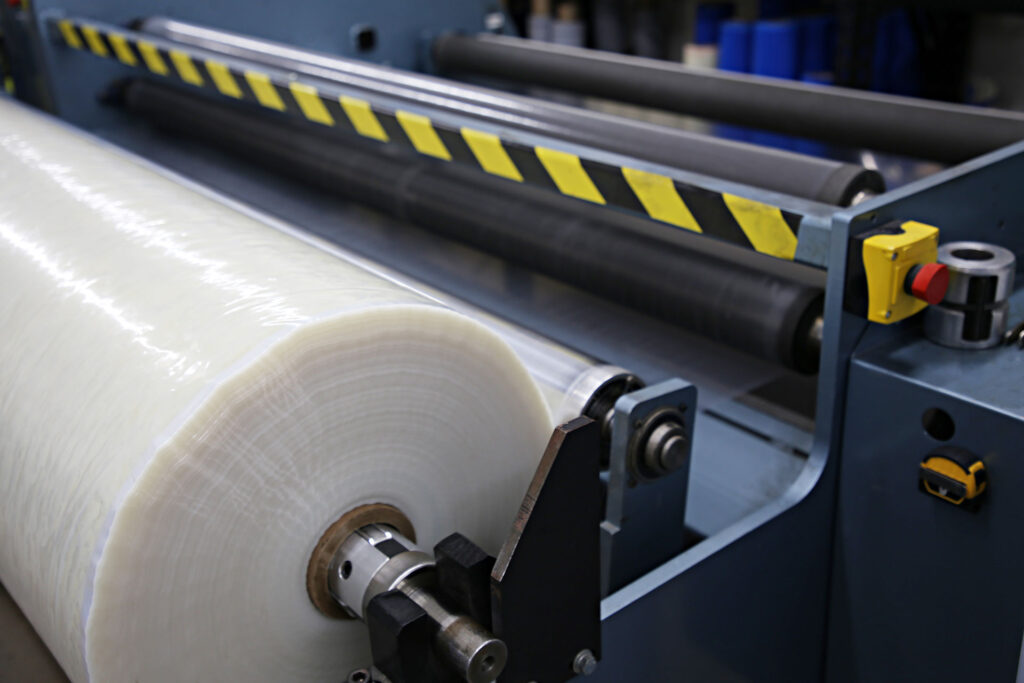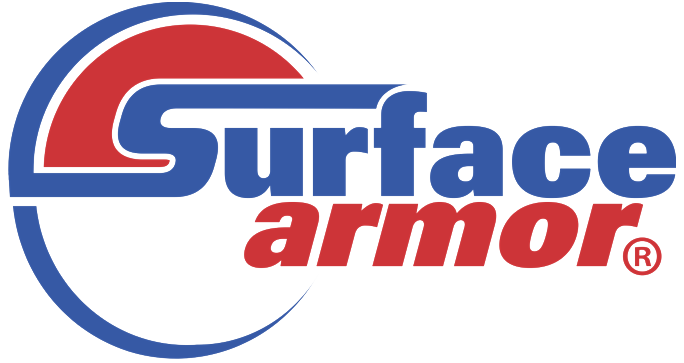Resources
Types of protective films
Types of Protective Films
LDPE. PP. PVC. We’ll admit, with all of the surface protection films we offer, our application charts can look a little bit like alphabet soup.
So what are the different types of protective film, and what are the differences between them?

LDPE
Low-density polyethylene, is the most common type of protective film. It is made from polyethylene, which is the most common type of plastic. As you might guess from the name, there is also a high-density version of polyethylene (HDPE), which is heavier, less flexible, and less elastic—and therefore, not as useful for making protective film. LDPE film comes in a variety of types, which allows it to be used for many different applications.
COEX, or Co-Ex LDPE
Short for co-extruded low-density polyethylene. Co-extrusion means that two or more layers of plastic are created simultaneously and formed together into a single sheet of film. For example, one common co-ex combines a layer of black plastic with a top layer of white plastic. This allows you to take advantage of the different characteristics of each layer, such as combining UV reflection (white) with UV absorption (black) to provide better overall UV protection.
PVC
Polyvinyl chloride, is perhaps the best-known type of plastic. PVC film is very elastic and has a slick surface, which makes it ideal for many metal forming applications, among other uses.
PP
Polypropylene, is a type of plastic useful for high-heat applications. It is dimensionally stable, which means it holds its shape and size and does not stretch like PVC films.
PO
Polyolefin, is a plastic film used on some painted metal surfaces and acrylic glass applications.
Paper
Paper can also be used as a surface protection film. Paper films are dimensionally stable and can absorb some impacts.
These various types of protective films can come in different thicknesses and with different types of adhesives and tack levels. The numerous combinations mean that there is a surface protection film for pretty much any application known to man.
If you are not sure which type of protective film is right for your needs, we can ship you free samples of each type so you can test the different options. Questions? Feel free to contact us at Surface Armor.
Why Surface Armor
Custom to You
The right film, adhesive, width, length, and perforation that fits. your exact needs
Quick Ship
Most orders ship within
2 days
Just in Time Quantities
You won't need to order a lifetime supply.
1,200 sq ft order minimums
Get FREE Samples Today
Contact us now and we will ship you a free sample to test
